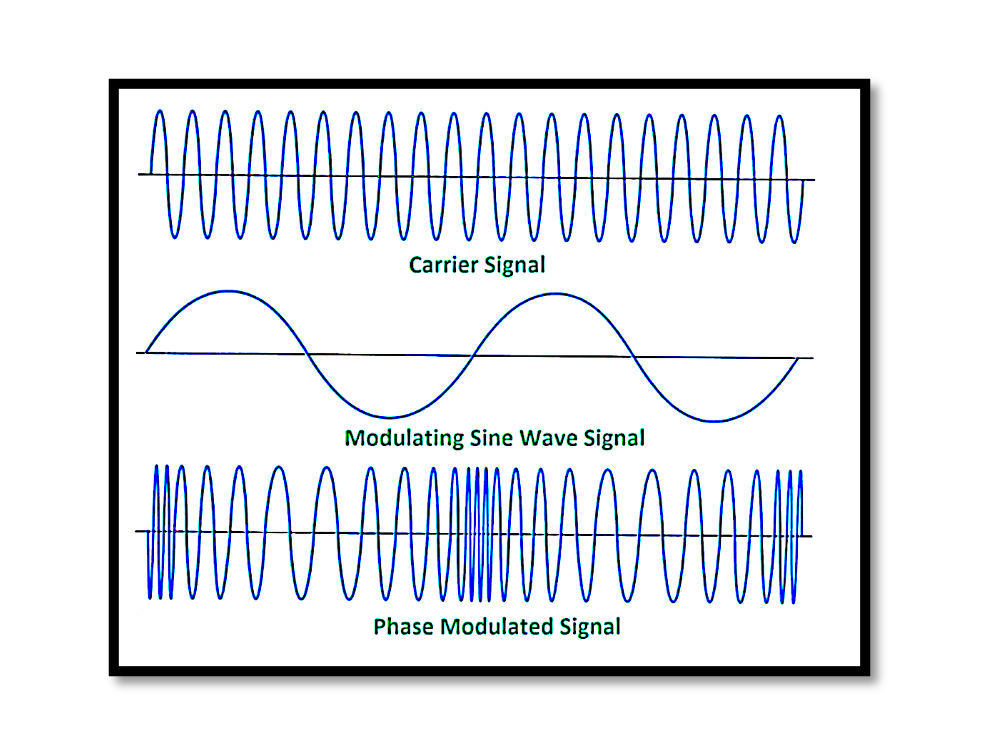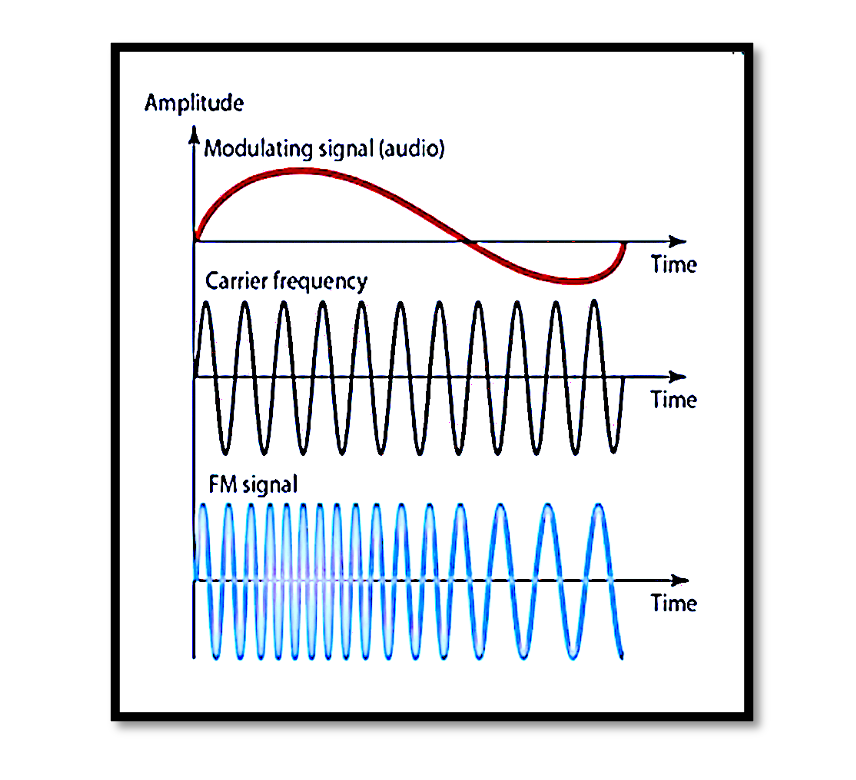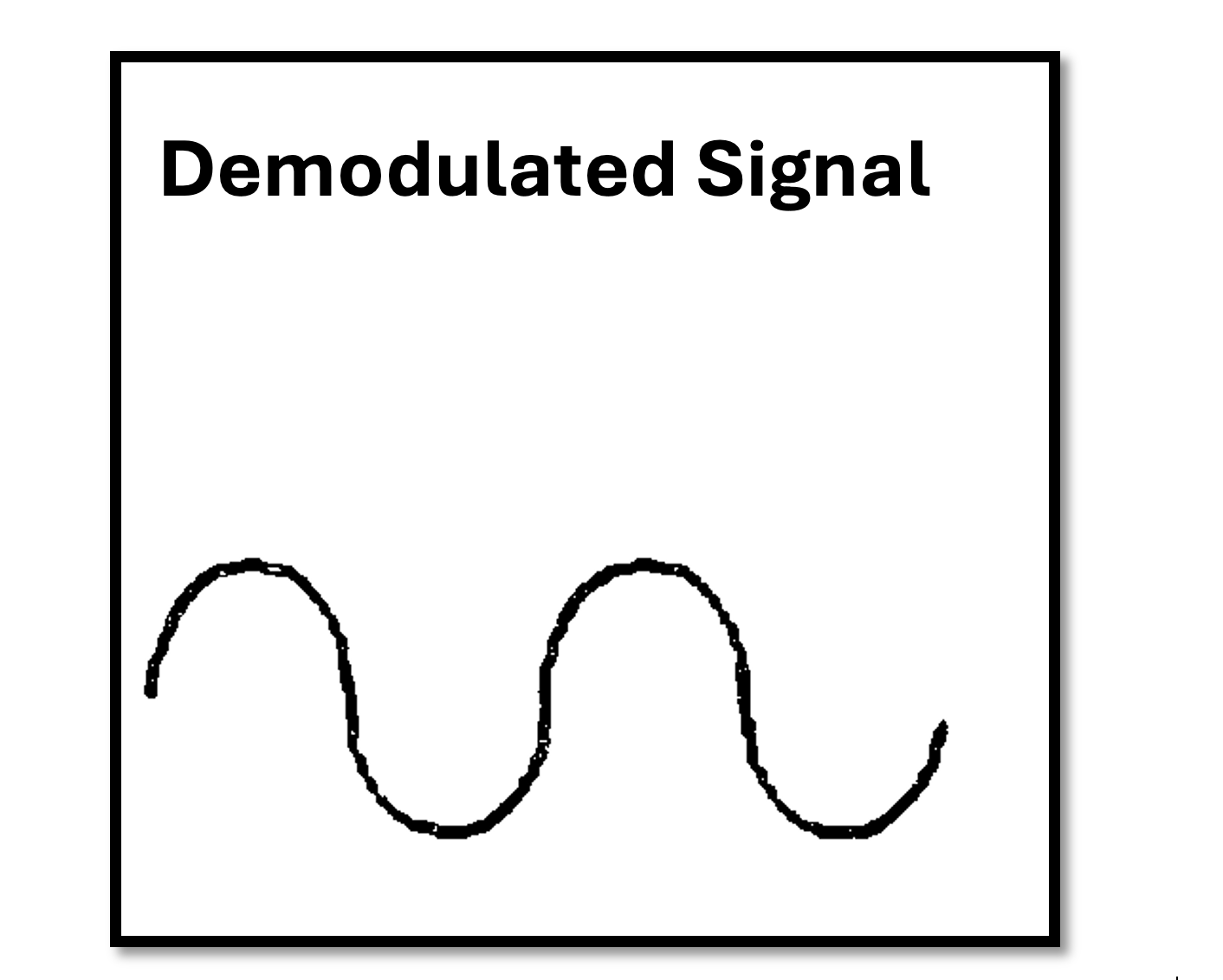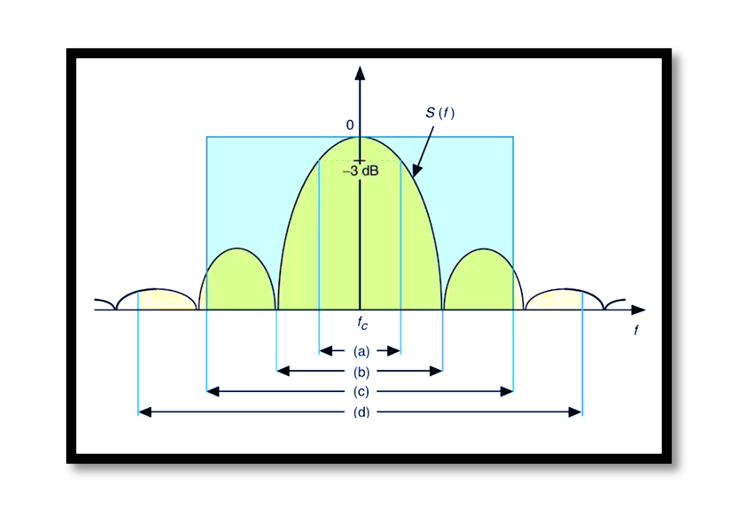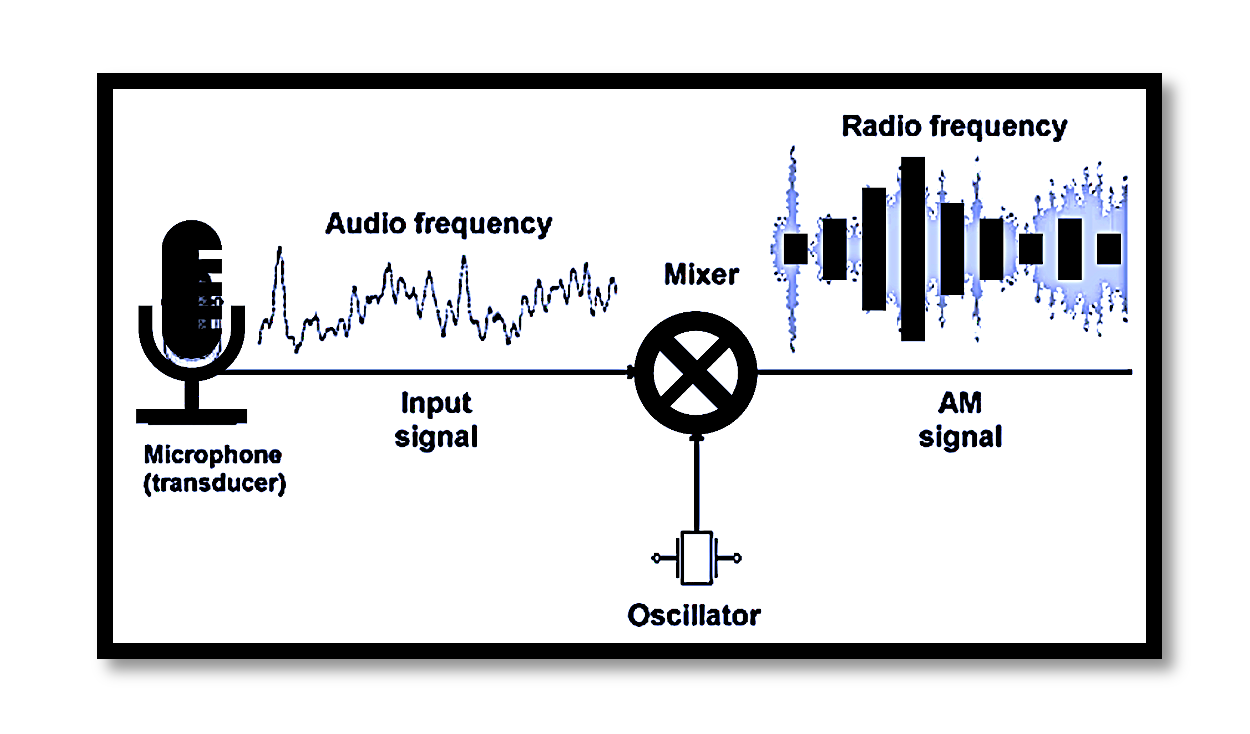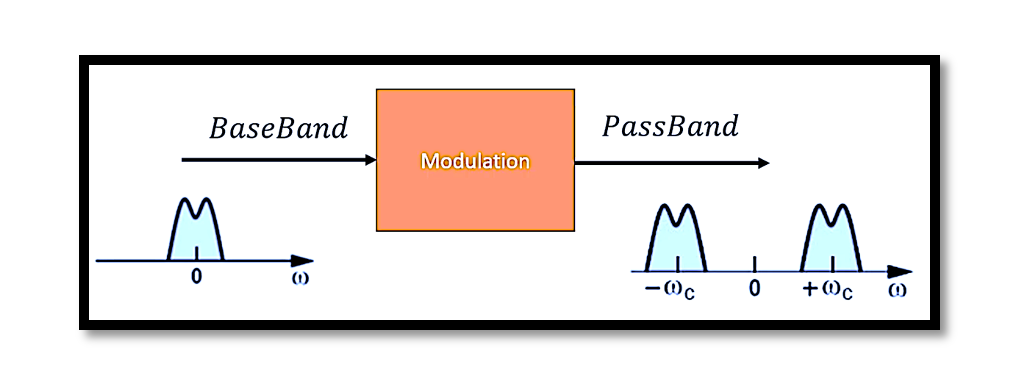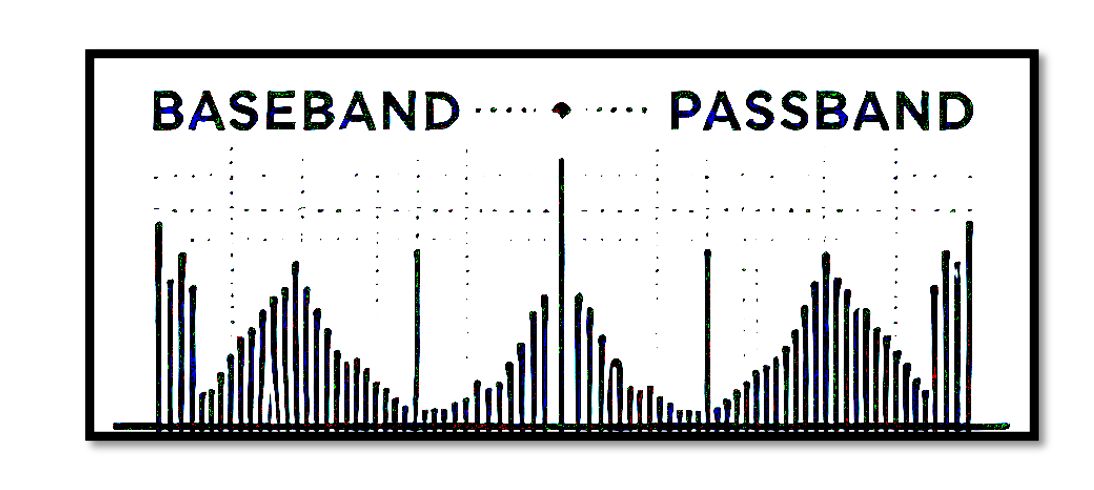Phase Modulation (PM) is one of the foundational techniques in communication systems, playing a critical role in transmitting information efficiently across various mediums. By altering the phase of a carrier wave in accordance with the amplitude of the modulating signal, …
Frequency Modulation (FM) is a key modulation technique in communication systems, known for its ability to maintain signal integrity under noisy conditions. Demodulation, the process of extracting the original information from the modulated FM signal, is critical for recovering the …
Frequency Modulation (FM) is one of the most commonly used modulation techniques in communication systems, particularly in radio broadcasting, telecommunications, and other wireless systems. This blog will break down the principles, mathematical formulation, and spectrum of FM signals, referencing the …
Amplitude demodulation is a fundamental process in communication systems, allowing the extraction of the original information signal from an amplitude-modulated (AM) carrier wave. AM transmission is widely used in broadcasting, particularly in AM radio. This process of demodulation is essential …
As we delve deeper into the intricacies of communication systems, it’s essential to focus on key concepts such as channel capacity, bandwidth efficiency, and power efficiency. These aspects are vital for optimizing data transmission and ensuring that communication remains effective …
Amplitude Modulation (AM) is a widely utilized technique for modulating a carrier wave to transmit information over radio frequencies. This method varies the amplitude of the carrier signal in accordance with the information signal, which can represent audio, video, or …
Modulation plays a crucial role in ensuring efficient data transmission. Two critical aspects of modulation are detectability and bandwidth efficiency. Understanding these concepts is essential for optimizing communication systems to achieve maximum performance while minimizing noise and resource consumption. Detectability …
In electronic communication, a carrier wave is a waveform that is used to transmit information. This wave, also known as a carrier signal or simply a carrier, is typically of a much higher frequency than the information or message signal …
In communication systems, demodulation is the key to retrieving the original message from a high-frequency, modulated signal. This process essentially reverses modulation, separating the carrier wave from the information-bearing signal. Imagine a scenario where a voice message, now embedded in …
In the world of communication systems, understanding the concept of baseband signals is essential. In this article, we will break down what baseband is, explore how it functions within communication processes, and understand why modulation is crucial to avoid interference …

